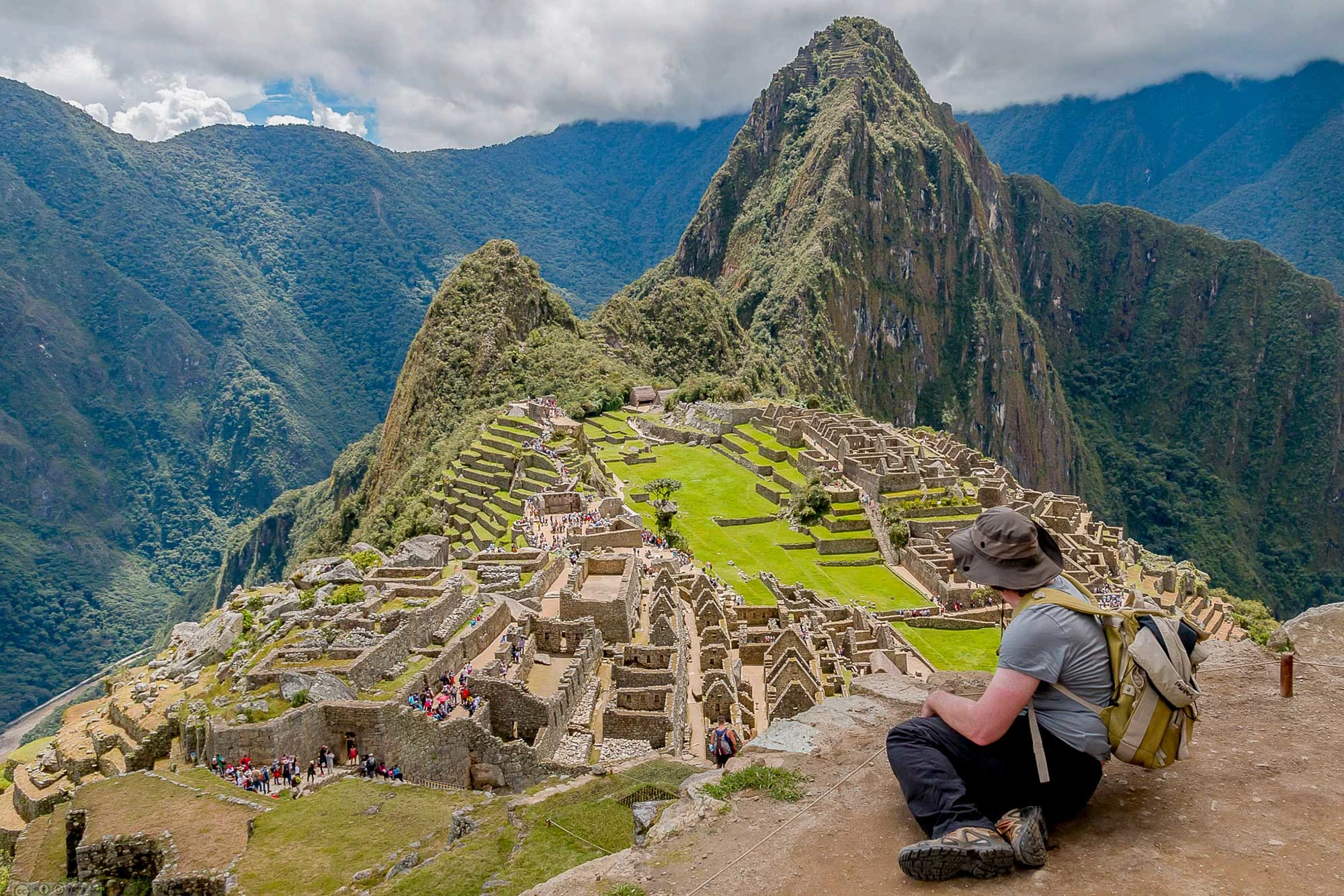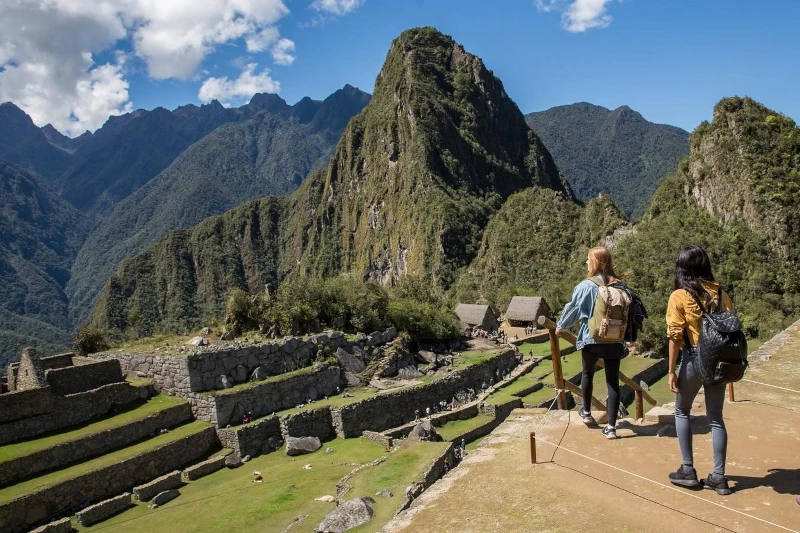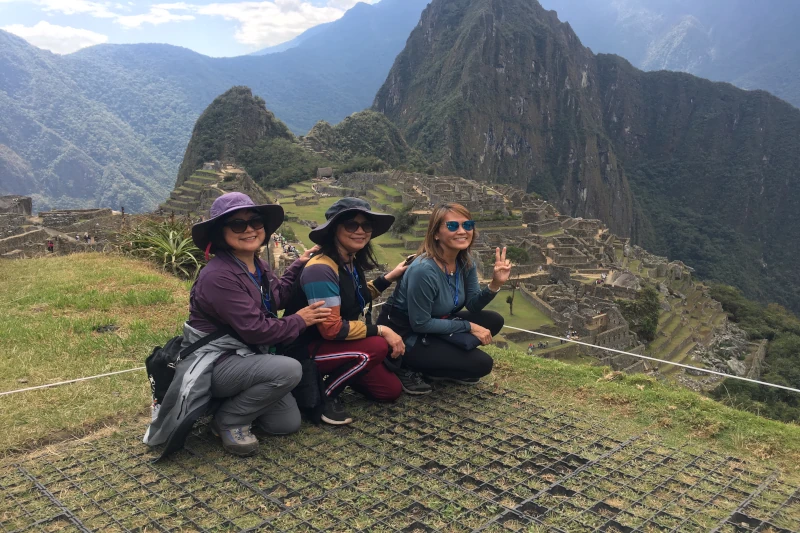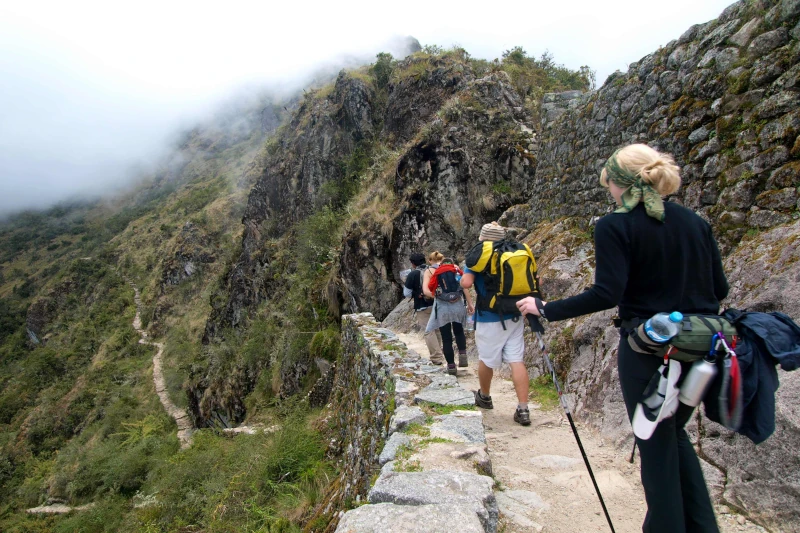
If you’re planning a trip to one of the world’s most iconic archaeological sites, Machu Picchu, you’re in for an unforgettable experience. Nestled high in the Andes Mountains of Peru, this ancient Incan city is a marvel of history and architecture. However, the timing of your visit can significantly impact your experience. In this guide, we’ll walk you through the best times to visit Machu Picchu, considering weather, crowds, and other key factors, so you can make the most of your journey.
Machu Picchu’s climate is primarily influenced by its location in the Andes, with two distinct seasons: the dry season and the wet season. Understanding these can help you decide when to go.
The dry season is the most popular time to visit Machu Picchu, and for a good reason. From April to October, you can expect clear skies and plenty of sunshine. This is the perfect time for photography, as the visibility is excellent. The dry season also coincides with the peak tourist season, particularly June to August, when visitors from all over the world flock to see the ruins.

During the dry season, the days are typically warm with temperatures ranging from 60 to 70 degrees Fahrenheit (15 to 21 degrees Celsius). Nights can be chilly, so it’s essential to pack layers. The lack of rain means that trails are more manageable, making it an ideal time for hiking.
Expect a bustling atmosphere during this time, as the site welcomes travelers from across the globe. While this means you might encounter crowds, it also offers a lively and vibrant ambiance that many visitors find exhilarating. Booking accommodations and tours in advance is advisable to secure your preferred options.
The dry season aligns with several local festivals and events, providing an opportunity to experience Peruvian culture. The Inti Raymi, or Festival of the Sun, in June, is one of the most significant celebrations. Participating in these events can enrich your visit with cultural insights and memorable experiences.
The wet season, from November to March, is characterized by frequent rain showers. While the crowds thin out, the trails can become slippery and the ruins might be shrouded in mist. This can add a mystical element to your photos, but be prepared for potential travel disruptions.
Rain is a common feature of the wet season, with some days experiencing heavy downpours. Temperatures remain mild, but the humidity can make it feel warmer. Waterproof clothing and gear are essential to stay comfortable while exploring.
With fewer tourists, you can enjoy a more serene experience at the site. The mist and rain can create a unique, almost ethereal atmosphere, perfect for those seeking tranquility and solitude. The reduced crowd size also allows for more personal space and time to contemplate the historical significance of Machu Picchu.
The wet season transforms the landscape into a lush, green paradise. The vibrant flora and fauna add an extra layer of beauty to the surroundings, making it an excellent time for nature lovers and photographers. Just be mindful of the potential for trail closures due to weather conditions.

Choosing the best time of year to visit Machu Picchu depends on your preferences for weather, crowd sizes, and travel conditions.
If you prefer pleasant weather and don’t mind sharing the site with other tourists, the dry season is your best bet. This period offers the perfect balance of conditions for exploring the ruins and the surrounding trails.
The dry season’s peak, particularly from June to August, sees the highest number of visitors. While this means larger crowds, it also brings a lively atmosphere with travelers from all over the world. Engaging with fellow tourists can enhance your experience, offering diverse perspectives and stories.
Traveling during the dry season often comes with a higher price tag. Flights, accommodations, and Machu Picchu tours may be more expensive due to increased demand. Planning your budget accordingly can help you enjoy your trip without financial stress. If you want to save budget, consider taking the Salkantay mountain trek or the less crowded Lares Trek.

The dry season provides the best conditions for hiking. Trails are less slippery, and the weather is generally more stable, making it easier to explore the region’s natural beauty. Whether you’re tackling the Inca Trail tour to Machu Picchu or other nearby routes, you’ll find the experience rewarding.
For those seeking a quieter experience and don’t mind a bit of rain, the wet season can be a rewarding time to visit. The landscape is lush and green, providing a stunning backdrop for your visit.
One of the wet season’s significant advantages is its affordability. Lower demand leads to reduced prices for flights, hotels, and tours. This can be an ideal time for budget-conscious travelers seeking to experience Machu Picchu without breaking the bank. Full day trips are also a good option for less expenses. While being careful is important, sometimes the inca trail is closed due works of maintenance.
Being prepared for the rainy season. Packing waterproof gear and staying flexible with your itinerary can help you make the most of your visit. Embracing the weather’s unpredictability can lead to unexpected and delightful discoveries.

To make the most of your visit, consider the time of day you plan to explore Machu Picchu.
Arriving early in the morning allows you to witness the sunrise over the ruins, a truly magical experience. The site is less crowded, and the soft morning light is perfect for photography. However, keep in mind that the early morning can be chilly, so dress in layers.
Watching the sunrise at Machu Picchu is a breathtaking experience. The first rays of light illuminate the ancient stones, creating a golden glow that enhances the site’s mystical aura. This serene moment is perfect for reflection and capturing unforgettable photographs.
The early morning tranquility offers a unique opportunity to explore without the usual hustle and bustle. You can take your time to appreciate the site’s intricate architecture and stunning views. The peaceful environment allows for a deeper connection with the history and spirit of the place.
While the early morning offers many advantages, it’s essential to plan accordingly. Arriving before dawn requires an early start, so ensure you’re well-rested. Pack warm clothing to stay comfortable in the cooler temperatures and bring snacks to keep your energy up.
Visiting in the afternoon means you’ll encounter fewer tourists, as most tour groups leave by midday. The lighting is also softer, casting a warm glow on the ancient stones. Be prepared for potential afternoon showers, especially during the wet season.
The afternoon light casts a warm, golden hue over the inca city of Machu Picchu, creating stunning photographic opportunities. This time of day enhances the site’s natural beauty and provides unique perspectives for capturing its essence. Photographers will appreciate the soft lighting and dramatic shadows.
Afternoon showers are more common during the wet season, so it’s wise to be prepared. Carry a lightweight rain jacket or poncho to stay dry. Embracing the changing weather can lead to memorable experiences, such as witnessing the mist rolling over the mountains.

Here are some practical tips to help you plan your trip to Machu Picchu:
Machu Picchu has a daily visitor limit, so it’s essential to book your tickets well in advance, especially during the peak season. Consider purchasing tickets for Huayna Picchu or Machu Picchu Mountain for an additional hiking adventure.
Securing your tickets early ensures you’ll have access to the site on your desired dates. Popular options like Huayna Picchu often sell out quickly, so prioritize these reservations. Booking Machu Picchu through official channels helps avoid scams and ensures a smooth experience.
In addition to tickets, arrange tours and accommodations ahead of time. Guided tours can enhance your understanding of the site’s history and significance. Researching and booking accommodations in advance ensures you’ll find suitable options that match your preferences and budget.
The high altitude of Machu Picchu is over 7,900 feet above sea level. Spend a few days in Cusco or the Sacred Valley to acclimate before making your way to the ruins. This will help you avoid altitude sickness and ensure a more enjoyable visit.
Acclimatizing is crucial to avoid altitude sickness. Gradually ascending to higher altitudes by spending time in Cusco or the Sacred Valley allows your body to adjust. Staying hydrated and avoiding strenuous activity during this period can also help.
Be mindful of altitude-related symptoms such as headaches, dizziness, and fatigue. If you experience severe symptoms, seek medical advice promptly. Consulting with your doctor before the trip and considering altitude sickness medication can provide peace of mind.
While acclimating, take the opportunity to explore the local culture and history. Cusco and the Sacred Valley of the incas are rich in historical sites, traditional markets, and cultural experiences. Engaging with local communities adds depth to your journey and enriches your understanding of the region.
Bring lightweight, moisture-wicking clothing for layering. Don’t forget essentials like sunscreen, insect repellent, and a reusable water bottle. A good pair of hiking boots is crucial for exploring the trails.
Packing smartly is key to a comfortable visit. Layered clothing allows you to adjust to changing temperatures throughout the day. Opt for moisture-wicking fabrics to stay dry and comfortable, and pack a hat and sunglasses for sun protection.
In addition to clothing, carry essential items like sunscreen and insect repellent to protect against sunburn and bug bites. A reusable water bottle is vital for staying hydrated, especially during hikes. Consider a small backpack for carrying your gear and any snacks or personal items.
Machu Picchu is a UNESCO World Heritage site,so it’s vital to respect the rules and guidelines. Stay on marked paths, avoid touching the ruins, and dispose of waste properly.
Respecting the site’s rules is essential to preserving its historical and cultural significance. Follow marked paths to protect the fragile environment and avoid causing damage. Adhering to guidelines ensures future generations can enjoy and learn from this remarkable site.
Visiting Machu Picchu is a once-in-a-lifetime experience that requires careful planning to ensure the best possible adventure. By considering the weather, crowds, and your own preferences, you can choose the ideal time to explore this ancient wonder. Whether you’re drawn to the vibrant energy of the dry season or the lush tranquility of the wet season, Machu Picchu promises an unforgettable journey into the heart of Incan history. So, pack your bags, lace up your hiking boots, and prepare to be awed by the majesty of Machu Picchu.